It takes money to make money, and that’s hard to do when you don’t have any money.
So what if I told you there was a way you could borrow $10,000 with 0% interest for 6 months and make it work for you?
Here’s a strategy you can think about using credit cards as a loan avenue and investing that money to make more money.
Never miss an amazing deal again + get our bonus 250+ page eBook for FREE. Join 50,000 other Canadians who receive our weekly newsletter – learn more.
Low interest credit cards
One special benefit many credit cards offer to new users is a really low balance transfer interest rate to entice those users with a high balance to pay off their loans at the more attractive lower rate and get them hooked on their card in the meantime.
If you have a credit card balance owing and are responsible enough to pay off the loan – then do it. It’s a simple way to lower your carrying costs and improve your cash flow.
But for those Canadians with no debt – here’s an alternative option – leverage the loan to purchase investments for the year and then sell them before the loan comes due.
Multiple credit cards offer this feature, like the
I was lucky enough to nab a 12 months 0% interest credit card loan from MBNA, but sadly that no interest credit card deal is no longer on the table.
No matter the terms, you can use that loan for any purpose you want – including investments.
Is this for me?
Probably not.
The ideal hypothetical credit card investor using this strategy has already maxed out their RRSP and TFSA accounts, saves a good chunk of their income, has an emergency stash and is likely financially independent with lots of play money available.
Most importantly, our ideal credit card investor also needs to be 100% emotionally detached from the money – meaning they have an attitude of this-is-money-I’m-comfortable -smoking-in-a-pipe towards the loan.
You’ve been warned.
Still interested?
Stop reading.
You really shouldn’t do this. But seeing as how you don’t listen well, here’s how I’ve done this in the past.
Maybe you’ll learn from my mistakes.
The strategy
- Apply for a 0% interest credit card. The longer the interest free period the better. Typical range is six to ten months. The shorter the period, the less time you have to invest the money.
- Ask for a credit limit you’re comfortable smoking in a pipe as noted above because you could lose all of it and still be on the hook for the loan. I typically request $10,100 so that I can invest a nice round amount totalling $10K and use the rest to cover the 1% fee the card company will charge me for the amount advanced. Wait what? That’s not free! No, you’re right. It’s not. It’s sneaky. The interest on the loan itself is 0% for the time frame but the credit card company will still charge you 1% of the entire balance for the privilege of loaning you the money.
- Use a balance transfer to transfer $10K to your brokerage account of choice.
- Invest the full $10K in bitcoin.
Joking!
That doesn’t seem so hard…
It isn’t. And that’s the problem.
Borrowing to invest in the stock market is no different than borrowing for a house. In both cases, the value of the asset is expected to rise over time though there may be hiccups along the way.
To truly make it worthwhile though, the math needs to work. IF you earn a positive return on a zero interest loan – that is a beautiful thing.
But you need to be aware of the risks and give some real consideration to your best and worst case scenarios as well as your safer ones. They are as follows:
Worst case
You invest in a penny stock hoping to turn your small stake into a homerun. Instead it flames out and you lose it all. Plus you also had to pay a one percent fee for the opportunity. Loss = $10,100.
Best case
You invest in a penny stock and hit it big. Untold riches. Cha Ching!
Poor case
You invest the full amount in one stock and it drops 20 percent during the year. You lose $2,000. Ouch.
Good case
The opposite happens. You invest the full amount in one stock and it jumps 20% and you make $2,000.
Realistic case
You invest in a balanced index fund and earn a market return between 1-10% (but hopefully more than 1% to account for the credit card fee). You make between $100 to $1,000.
Is it worth it?
It’s great to dream about plowing your money into one penny stock on some hot tip and making a bundle but it’s worth being realistic about the more probable scenarios and protecting your capital from a big loss.
That means buying a basket of stocks through an index fund including both stocks and bonds. You’re more likely going to either make or lose between 1-10% of your initial investment in the interest free period and that’s totally dependent on the market. Each percent of market return is going to be worth $100 to you in the scenario above.
So the question becomes, if the financial markets fail during your loan period and we hit a recession and you lose 20% – a realistic bad scenario – how would it affect you?
If you can afford to lose $2,000, then maybe this credit card arbitrage strategy is for you.
If, however, you would miss a mortgage payment and be eating spaghetti for months as a result, then re-read those first few paragraphs above. This is NOT something you should be doing.
Best balance transfer credit cards
If you think you want to give this a try, here are some of the best balance transfer offers currently available with low interest credit card offers.
Unfortunately, there are no 0% interest rate credit cards right now, so these low interest credit cards will have to do.
| Credit Card | Balance Transfer Offer | Annual Fee, Income Requirements | Learn More |
|---|---|---|---|
| BMO CashBack Mastercard | 0.99% for 9 months (terms) | * $0 * $15,000 personal |
Learn More |
| BMO Air Miles Mastercard | 0.99% for 9 months (terms) | * $0 * $15,000 personal |
Learn More |
| BMO Rewards Mastercard | 0.99% for 9 months (terms) | * $0 * $15,000 personal |
Learn More |
| BMO Preferred Rate Mastercard | 0.99% for 9 months (terms) | * $29, first year free * $15,000 personal |
Learn More |
| Tangerine Money-Back Mastercard | 1.95% for 6 months (terms) | * $0 * $12,000 personal |
Learn More |
The nuts and bolts of the loan
Here’s what you need to keep in mind regarding the loan:
- Make sure you pay the minimum balance on the statement every month. If you miss even one payment the entire amount loses its interest free status and suddenly you’re going to be paying an interest rate in the ballpark of 20% while realistically hoping to earn far less. That’s not a recipe for making money.
- Automate your payment. Solve the above problem by making it impossible to forget through automation.
- Repayment. In the final month or two, look for a profitable day in the market and close out the position. Don’t leave this to the last possible day! You’ll likely need 3 business days for your sell order to settle. Then you’ll need 5 business days for your brokerage account to transfer the funds back to your bank account. And then you need to remember to pay your credit card statement BEFORE it’s due. Don’t add stress to your life by leaving this all to the last minute. Give yourself plenty of time to close out the position.
A personal experience in action
I first tried this strategy over four years ago in May 2013.
My strategy was to find a blue chip stock paying a dividend and hope for some small capital appreciation. I was trying to avoid the home run and aim for a 4% return through dividends. An easy $400 right?
I eventually decided on HR REIT which was trading at $24.53 and offering a .1125 cents per share monthly dividend for a yearly return of 5.5%. I leaned toward a REIT because I liked knowing I would collect the dividend monthly the entire time and because REITs were solid income producers without much stock price variance.
I purchased 400 shares for a total of $9,720. I anticipated the dividend alone would earn me $45 per month:
400 shares * .1125 cents = $45
…and a total of $495 for the eleven months I would hold it.
Subtract the 1% fee of $100 and I would earn a safe $395 without accounting for any capital appreciation.
What could go wrong?
A lot.
REITs performed well during the first 4 months of the year…and then suffered a huge selloff in late May, losing 10% of their value and severely underperforming the TSX the rest of the year.
The selloff was largely due to suggestions by the US federal reserve indicating it would be tapering off its quantitative easing program later that year and raising interest rates. This had a huge impact on REITs because they are sensitive to any changes in interest rates.
See that top in 2013 in the chart below? That’s May 2013 where I made my initial purchase.

Chart of HR REIT from Morningside
What happened next?
HR REIT dipped to under $22 for the rest of the year before recovering somewhat in spring 2014 and then dropping again in the fall and further toward year end.
What did I do? My loan was due in May 2014 and I didn’t want to exit a losing position. So I paid off the loan from my household account and waited. I rejoiced when I saw the stock price climb in early 2014 and I waited and hoped it would return to the price I had paid, allowing me to exit with a small profit made entirely of dividends.
Unfortunately, it never reached my initial purchase price. It never even broke $24.
And I stubbornly hung on.
Through the first slide back down to $22 in the fall and then I finally capitulated in the second slide at the end of the year selling at $21.50 in November 2014 taking a depreciation loss of $1,212 over the 18 months I held the stock.
The monthly dividend helped ease the blow as it earned me $810 but the end result was a still a loss of $402 in total over a period of about 18 months.
Lessons learned
Two lessons immediately jump to the forefront:
- Don’t put all your money in a single investment. My fortunes were tied to one stock. If I had spread the risk across a few others in different sectors I might have hedged my losses further.
- You need to be able to cut your losses early or be able to wait it out. I didn’t do either. I refused to cut my losses initially and then caved on my position as the stock price catered a second time. I wasn’t willing to watch it decline further.
Cheap debt is hard to resist. But using it to invest is not child’s play. It requires you to have a stomach of steel and the ability to cut your losses.
Plan for the worst. Hope for the best.
And learn from my mistakes.
Investment options
Looking for some options when it comes to investing your money? Here are a few options you can take a look at.
A big bank self directed platform
All of the big banks have their own self directed investment platform. The one we’ll spotlight is CIBC Investor’s edge.
With CIBC Investor’s Edge, you’ll pay the lowest commission rate of any big bank at $6.95 per trade, which is reduced to $4.95 if you’re an active trader with more than 150 trade per quarter.
You’ll get access to a full range of investment products, which include:
- stocks,
- ETFs,
- options,
- mutual funds (there are no commissions for purchasing mutual funds),
- precious metals, and
- GICs.
You can also access both personal accounts and a wide range of registered accounts.
CIBC Investor's Edge
Online brokerages
For a cheaper solution there are also some online brokerages. They don’t have all the investment or account options as a big bank, but in exchange you get lower fees.
The first we’ll spotlight is Questrade. You’ll only pay 1 cent per share to buy, with a minimum fee of $4.95 and a max fee of $9.99.
However, if ETFs are what you’re after, there’s no charge to buy them, and you’ll only pay 1 cent per share when you go to sell.
Questrade
For no fees at all, there’s Wealthsimple Trade. You can only purchase stocks and ETFs, but there’s no charge to buy them.
It’s bare bones, but you won’t pay anything either.
Wealthsimple Self-Directed Investing
Robo advisors
For a cheaper way to invest, that also requires minimal effort on your part, a robo advisor could be for you.
You’ll pay a low fee on your account balance (usually no more than 0.5%), and have an algorithm do the investing work for you (which is, of course, overseen by real people).
The fees are much lower than what you’d pay with an investment manager, and you can just sit back and watch your money grow.
Here are some of the better robo advisors out there.
FAQ
What is credit card arbitrage?
Credit card arbitrage is the process of taking a no or low interest balance transfer offer on a credit card, then investing the balance. Before your balance transfer offer is over, you pay back the loan and keep whatever you’ve made.
What is the best balance transfer credit card?
The best balance transfer offer on a credit card right now is with the BMO CashBack Mastercard. You’ll get a rate of 0.99% for the first 0.0099 months, for no annual fee.
Are there any tips I should keep in mind?
The biggest thing is to remember to pay at least your minimum balance every month. If you don’t, you’ll lose the balance transfer offer and be subject to a high typical credit card interest rate of 20% or more. You should also be ready to pay the loan back before it ends, preferably looking a month or so in advance and taking advantage of any upticks in the market. Lastly, be sure not to make any new purchases on the card until you have your balance completely paid off.
creditcardGenius is the only tool that compares 126+ features of 231 Canadian credit cards using math-based ratings and rankings that respond to your needs, instantly. Take our quiz and see which of Canada's 231 cards is for you.









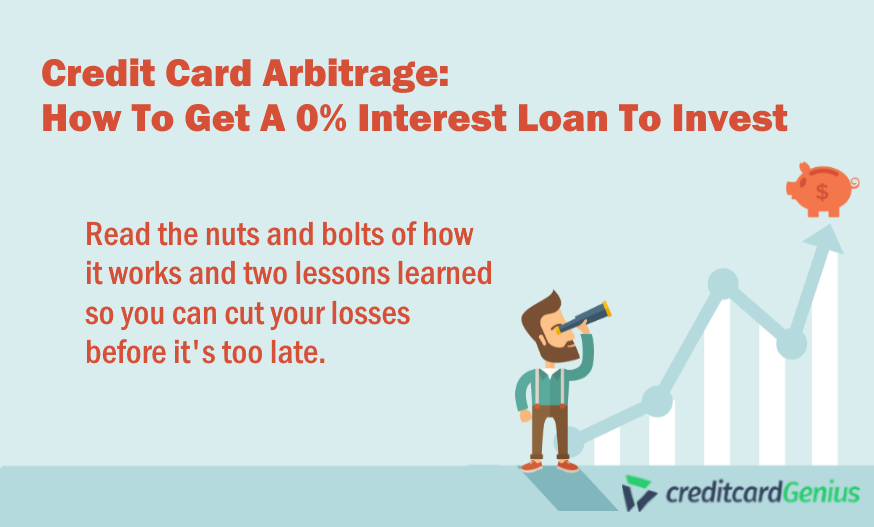


 GC:
GC: 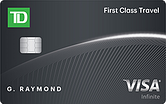
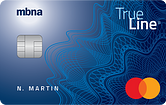
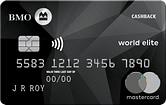
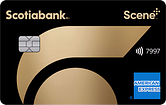
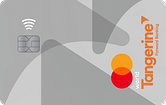
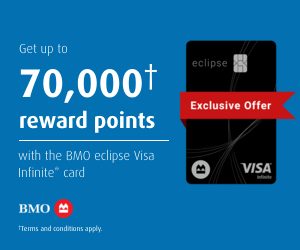

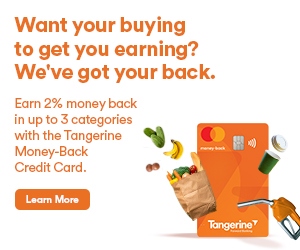


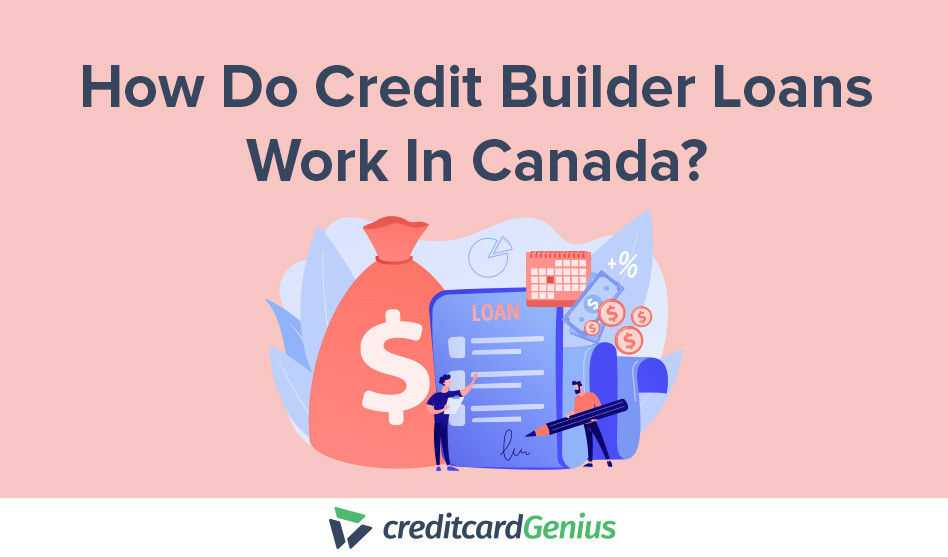

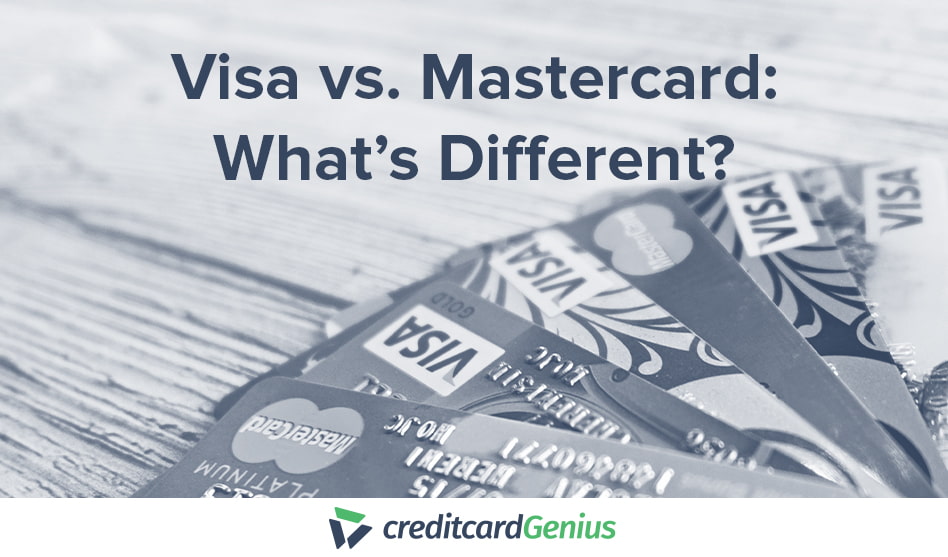

.png)




















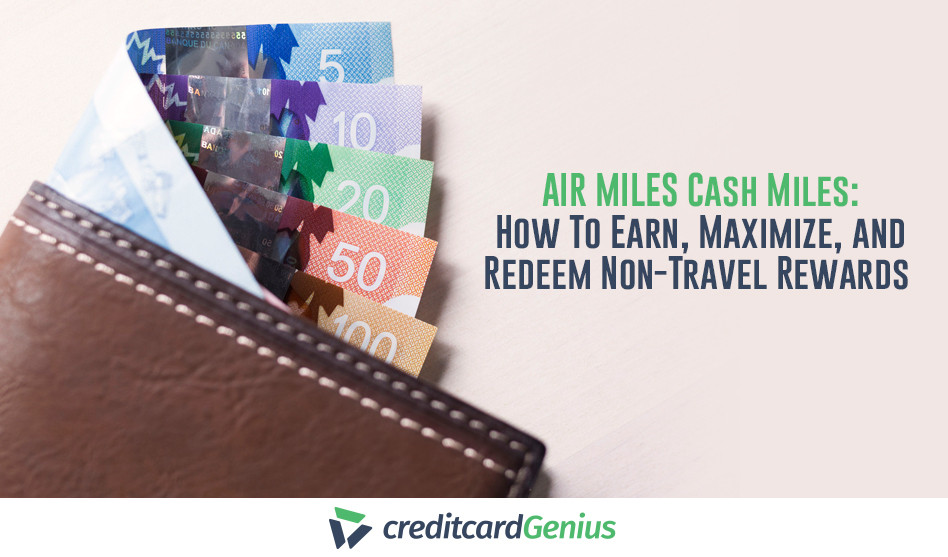
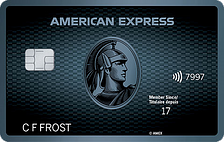
 $100 GeniusCash + Earn up to 15,000 Welcome Bonus Membership Rewards® Points.*
$100 GeniusCash + Earn up to 15,000 Welcome Bonus Membership Rewards® Points.*
Comments
Leave a comment
Required fields are marked with *. Your email address will not be published.
Showing 6 comments